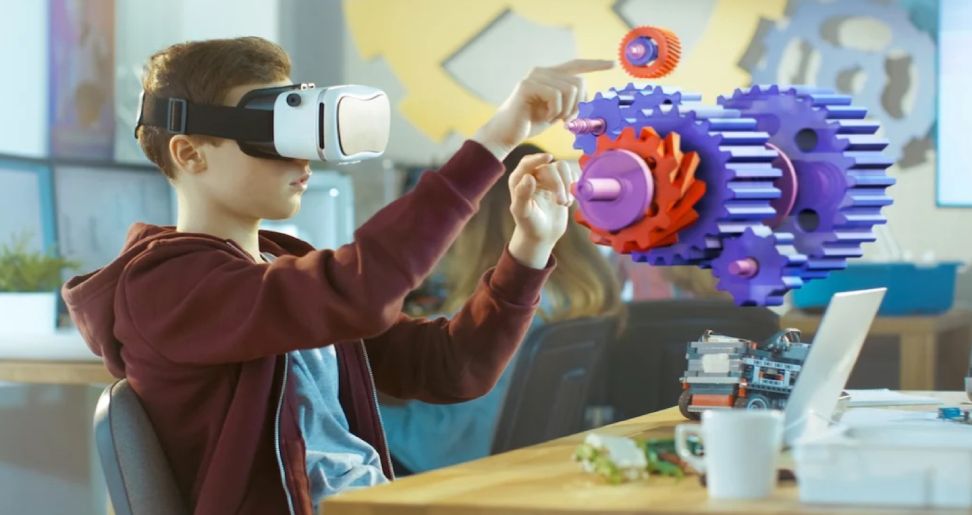In the rapidly evolving landscape of modern education, the integration of audio-visual (AV) technology has become increasingly significant. AV work plays a crucial role in enhancing the learning experience by creating interactive and engaging environments for students. From primary schools to universities, AV work is transforming classrooms into dynamic spaces that facilitate better understanding and retention of information. This article explores the impact of Audio-Visual work on modern education and how it is shaping the future of learning.
Enhancing Engagement and Interaction
One of the primary benefits of AV work in education is its ability to enhance student engagement and interaction. Traditional teaching methods are often relying on the passive type learning, where students listen to lectures and take notes. AV work, on the other hand, introduces multimedia elements such as videos, animations, and interactive whiteboards that make learning more interactive and enjoyable. These tools cater to different learning styles, ensuring that visual and auditory learners can grasp concepts more effectively.
Interactive whiteboards, for instance, allow teachers to present information dynamically, enabling students to participate in real-time activities. This not only makes lessons more engaging but also encourages active participation and collaboration among students. As a result, Audio-Visual work helps create a more inclusive and stimulating learning environment.
Improving Comprehension and Retention
Audio-visual work significantly improves comprehension and retention of information. Studies have shown that students retain more information when it is presented in a multimedia format compared to traditional text-based methods. The combination of visual and auditory stimuli helps reinforce key concepts, making it easier for students to understand and remember the material.
For example, using videos to explain complex scientific processes or historical events can provide a clearer and more vivid understanding than reading from a textbook. Similarly, interactive simulations and virtual labs allow students to explore and experiment in a controlled environment, enhancing their grasp of the subject matter. By leveraging AV work, educators can ensure that students have a deeper and more lasting understanding of the curriculum.
Facilitating Remote and Hybrid Learning
The COVID-19 pandemic has accelerated the adoption of remote and hybrid learning models. Audio-visual work has been instrumental in facilitating these new learning formats, ensuring continuity of education even when students cannot be physically present in the classroom. Virtual classrooms, video conferencing, and online collaboration tools have become essential components of modern education.
AV work enables teachers to deliver lectures and conduct interactive sessions online, providing a seamless learning experience for students. Features such as screen sharing, digital whiteboards, and breakout rooms mimic the traditional classroom setting, allowing for effective communication and collaboration. Additionally, recorded lectures and multimedia resources provide students with the flexibility to learn at their own pace, accommodating different schedules and learning preferences.
Supporting Special Education Needs
Audio-visual work also plays a vital role in supporting students with special education needs. Assistive technologies such as speech-to-text software, screen readers, and captioning services ensure that students with disabilities have equal access to educational content. These tools help bridge the gap and create an inclusive learning environment where all students can thrive.
For instance, students with hearing impairments can benefit from captioned videos and audio descriptions, while those with visual impairments can use screen readers and tactile graphics. By incorporating AV work, educators can provide personalized support and accommodations that address the unique needs of each student.
Conclusion
In conclusion, AV work is revolutionizing modern education by enhancing engagement, improving comprehension, facilitating remote learning, and supporting special education needs. As technology continues to advance, the role of Audio-Visual work in education will only grow, offering new opportunities to create dynamic and inclusive learning environments. Educators and institutions must embrace these advancements to ensure that students are equipped with the skills and knowledge they need to succeed in an increasingly digital world. By harnessing the power of AV work, the future of education looks brighter and more accessible for all learners
Have A Look :-
- Britain’s Ncc Was Hired By Tiktok For Auditing Data Security
- North Korea Has Fired Several Cruise Missiles Towards The Yellow Sea
- Mumbai City FC Is Going To Be In Group D of AFC Champions League 2023-24 And Face Of Neymar’s Al-Hilal


bqs5i5
Your comment is awaiting moderation.